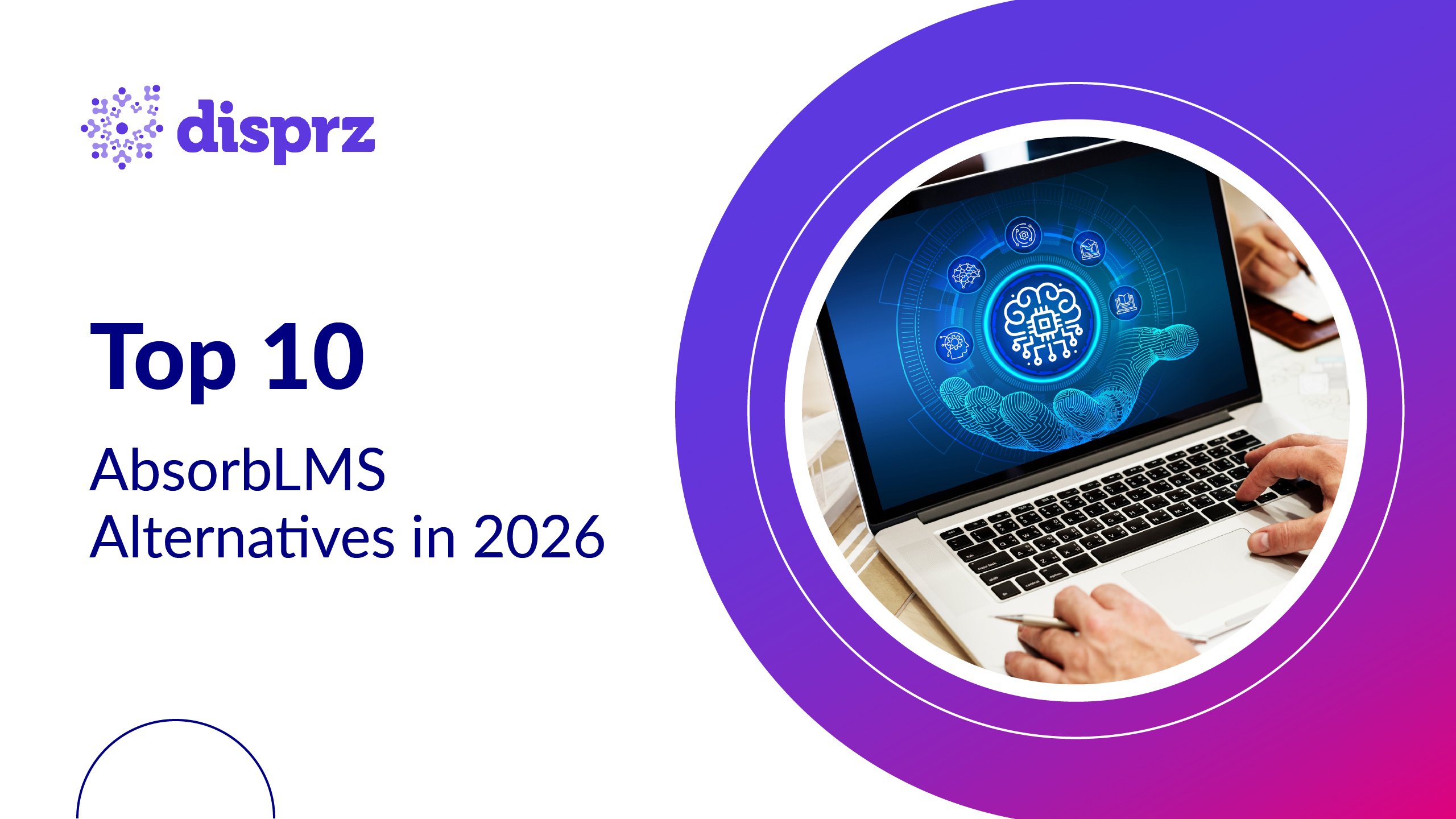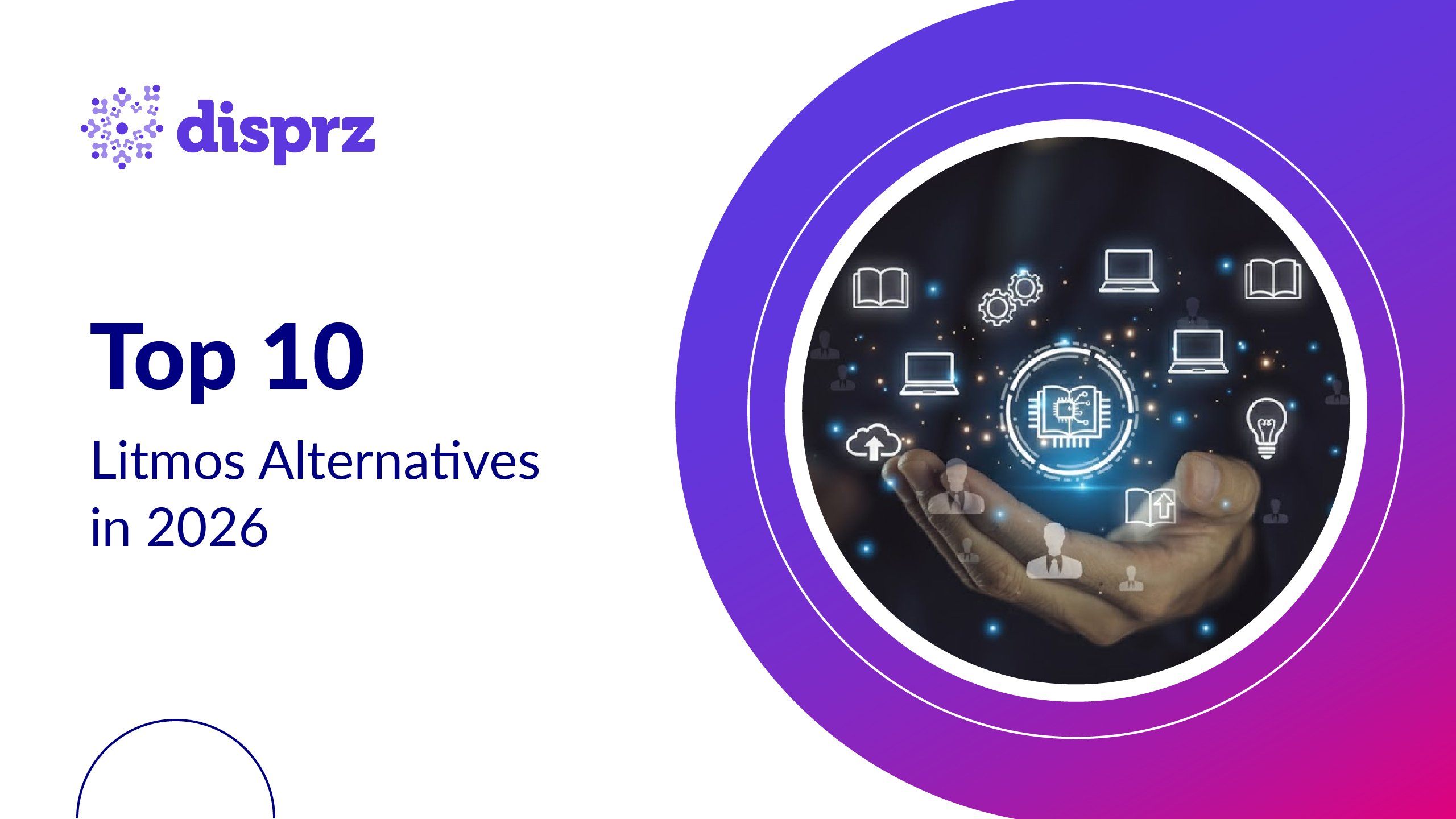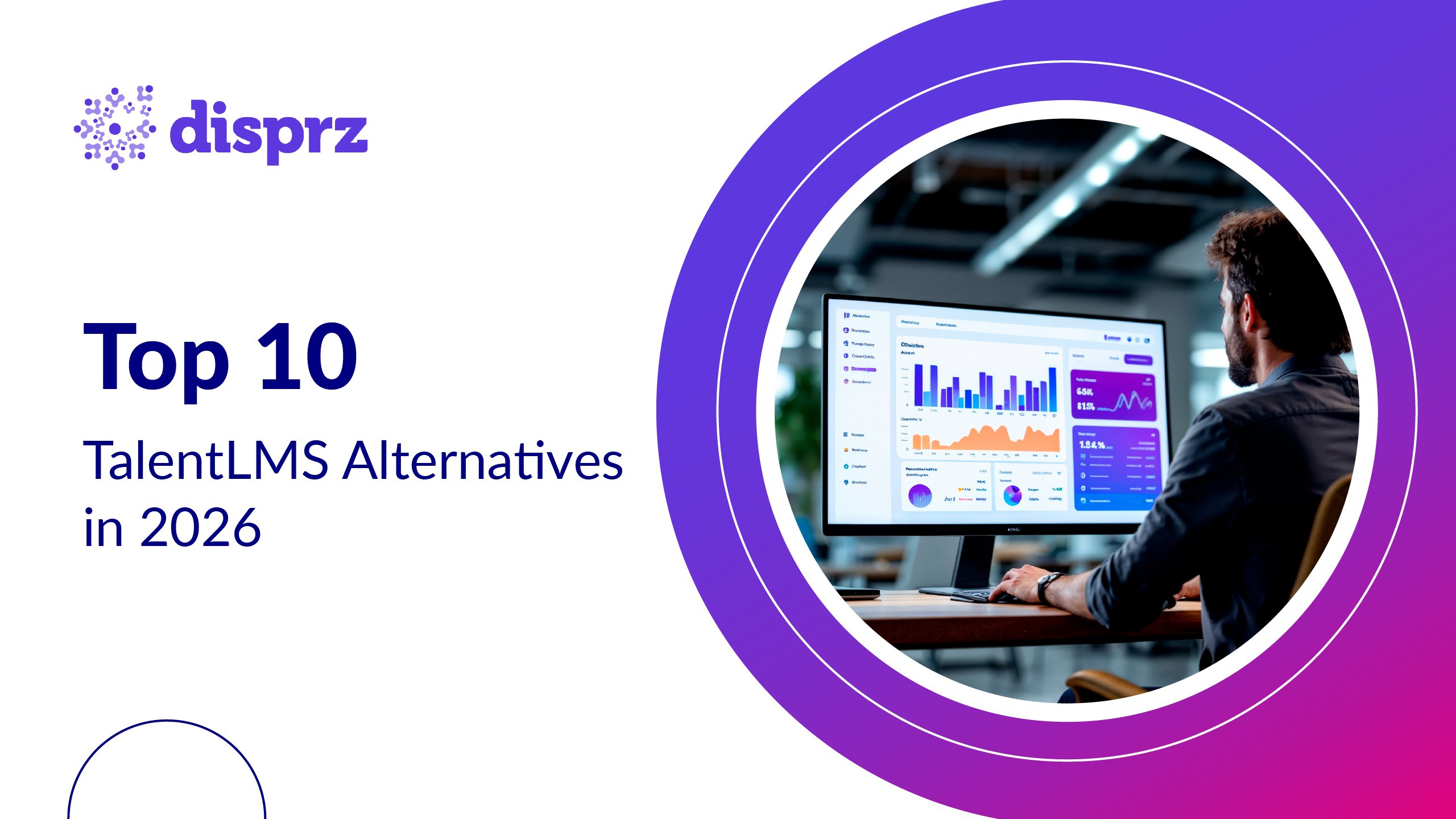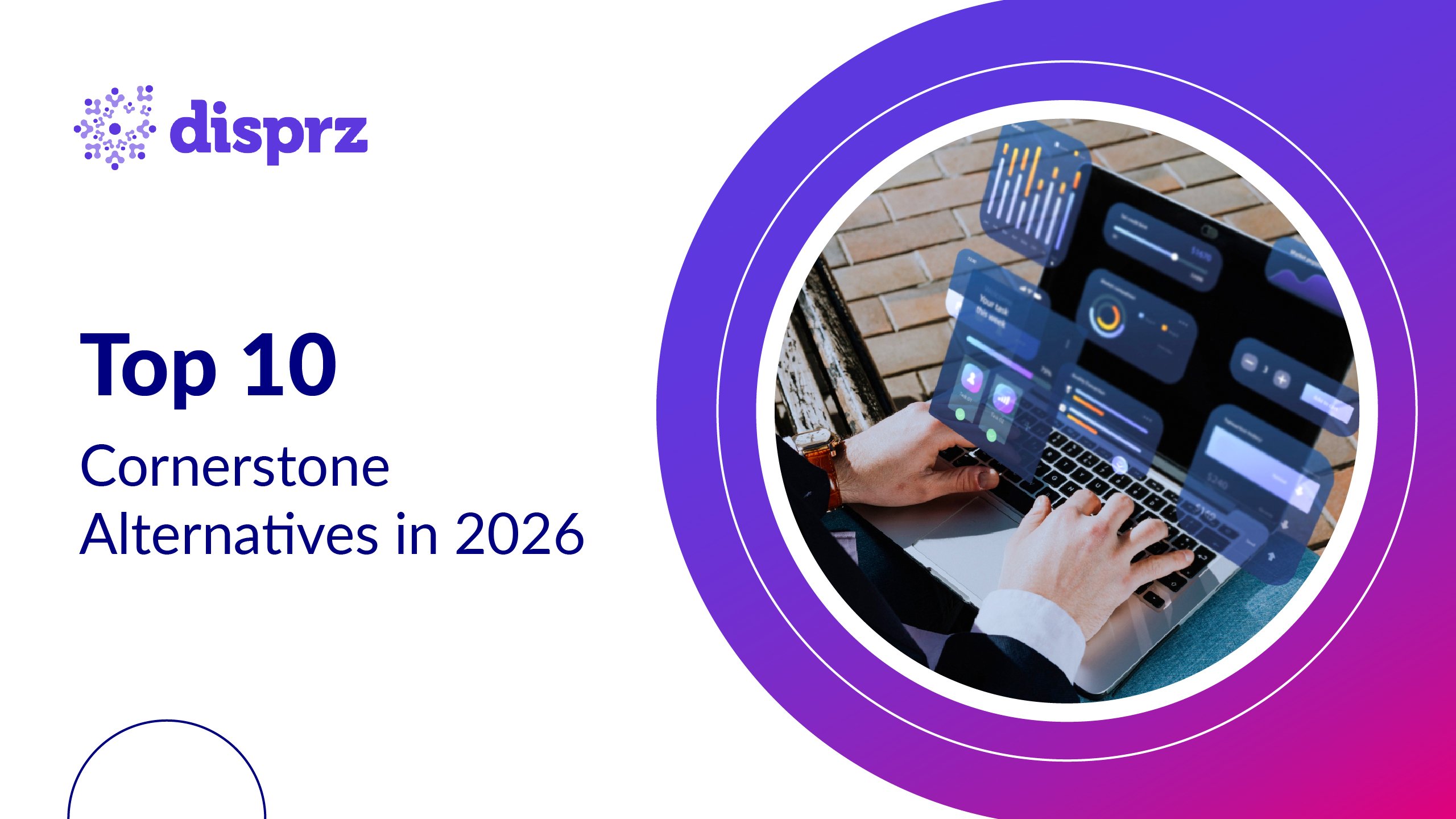A study proved that a 12-month workforce training program prioritizing the right skills produced a 250% return on investment (ROI) within 8 months of its completion. Whether through training, leadership development, or upskilling, it is critical for organizations to invest in driving learning and development KPIs (key performance indicators) initiatives to improve skills, knowledge, and employee performance. These learning indicators are essential for tracking progress and ensuring the effectiveness of training programs.
The key to L&D success is not only implementing these initiatives but also proving their success through various learning indicators. To do this, you must identify the right learning and development KPIs, also known as training and development metrics. By setting and tracking the right KPIs, organizations can understand the ROI and training effectiveness of these learning interventions and make informed decisions about future learning investments, ultimately supporting learning and growth within the company.
What is Learning & Development KPI?
Learning and Development KPIs (key performance indicators), also referred to as learning indicators, are quantifiable metrics used to measure the effectiveness and impact of training and development initiatives within an organization. These metrics help assess factors such as training completion rates, skill proficiency improvements, employee satisfaction with training, and overall ROI on learning investments. KPIs provide valuable insights into the strengths and weaknesses of training programs and serve as indicators of learning progress. They also guide strategic decisions to enhance learning outcomes and support KPI development for future initiatives.
By regularly monitoring these indicators, organizations can ensure their L&D efforts align with business objectives and contribute to overall learning and growth. This continuous evaluation supports the adaptation and improvement of training strategies and helps in establishing success KPIs for the organization.
Why do L&D KPIs matter the most in 2025?
Understanding L&D KPIs is crucial, but their true value lies in implementation and ongoing monitoring. This section explains why these KPIs, including specific KPIs for employees, are essential for organizations seeking to enhance training and achieve sustainable growth.
-
L&D KPIs quantify training effectiveness, ensuring investment in human capital delivers desired results.
-
Linking KPIs to business outcomes demonstrates ROI, justifying budget and future L&D investments.
-
Tracking KPIs allows real-time training adjustments, maximizing efficiency and responsiveness to corporate needs.
-
Focused KPIs identify skill gaps, guiding targeted training aligned with employee growth and strategic goals, supporting the transfer of training and application of knowledge.
-
They communicate success metrics across the organization, aligning C-suite executives and HR managers.
-
Monitoring engagement and satisfaction KPIs, such as course net promoter score and learner satisfaction rate, provides insights into organizational culture and employee retention rate.
-
Consistent KPI tracking benchmarks training performance against industry standards for strategic insight.
-
Assessing KPIs helps prioritize resources for impactful L&D initiatives, optimizing limited resources.
-
KPIs ensure accountability by outlining expectations for both training providers and recipients. Analyzing KPIs guides the scalability of successful training, enabling expansion of effective initiatives.
How to Select the Right KPIs For Corporate Learning and Development
The judicious selection of learning and development KPIs ensures that your L&D programs are at the forefront of driving business outcomes and reaching organizational goals. L&D employee training metrics enable you to keep track of how employees respond to a course, the number of employees trained, how well they performed on knowledge assessments, or the number of hours spent utilizing an LXP. However, to truly gauge the training effectiveness of an L&D program, it is essential to combine traditional L&D metrics with business goals to form the foundation of learning and development KPIs, including KRA and KPIs for employees.
Learning professionals recognize the need to be strategic in their selection of learning and development KPIs when evaluating the ROI. Sterlite Technologies CHRO Manav Lalotra, an industry-leading integrator of digital networks, emphasizes how important it is to pick the right KPIs when trying to measure the ROI of learning interventions.
L&D Goals vs KPIs - Key Differences
A goal is the end result you aim to achieve, while learning and development KPIs are the milestones you reach along the way. For instance, if your goal is to halve safety incidents by having staff undergo new safety training, a KPI could be ensuring 100% of team members pass the training within six months. KPIs help track progress and measure effectiveness. Achieving KPIs indicates you're on the right path to meeting your overarching goal.
Regularly reviewing KPIs ensures continuous alignment with your goals and allows for timely adjustments to improve outcomes. This assessment fosters a culture of continuous improvement and accountability, supporting overall learning and growth within the organization.
3 Steps to Choose The Right Learning and Development KPIs

1) Ensure Employee Training Addresses Business Goals
It’s best to collaborate and work with business leaders to identify performance gaps and establish L&D KPIs with the necessary information to navigate the design and evaluation of learning objectives and training materials.
This partnership allows for aligning training objectives with the organization's larger goals and business performance metrics. It ensures that the training program addresses the correct business issues and drives desired results, including improved employee retention rates.
2) Align Learning & Development With Your Organizational Strategy
Aligning learning and development KPIs to the identified organization's goals is vital. This process helps ensure that the L&D programs drive real business results, like bridging critical employee performance gaps and that the chosen key performance indicators will accurately measure the program's impact. This alignment also supports the development of success KPIs that reflect organizational performance metrics.
3) Continuously Track Completion & Assessment to Drive L&D
Completion and assessment are integral components of any learning and development initiative. Completion refers to successfully finishing a training program, while assessment evaluates the knowledge and skills acquired during the training. These two elements are interconnected and crucial for ensuring the effectiveness of the L&D initiative and supporting the transfer of training.
The completion rate is used as a metric to evaluate employee engagement and the program's success, while assessment tools such as quizzes, exams, and performance evaluations measure the learner's proficiency and application of knowledge. The assessment outcome identifies improvement areas and provides feedback to the learners, allowing them to progress and reach their full potential. Thus, proper completion and assessment are essential to evaluate the ROI of the L&D program and to ensure the effectiveness and efficiency of the training.
Top 10 L&D KPIs to Measure in 2025

The top 10 learning and development KPIs are:
1) Training Completion Rate
Percentage of enrolled employees completing training, indicating engagement and program accessibility.
2) Employee Satisfaction with Training
Measures satisfaction with content, delivery, and relevance, influencing productivity. This can be assessed using metrics like the course net promoter score and learner satisfaction rate.
3) Knowledge Retention Rate
Measures of how well employees retain training information over time, are critical for program effectiveness and assessing the transfer of training.
4) Certification Completion Rate
Percentage achieving certification, reflecting training quality and compliance.
5) Learning and Development ROI
Compares benefits to costs, showing financial value and aligning with business performance metrics.
6) E-Learning Utilization Rate
Measures engagement with digital resources, indicating effectiveness.
7) Leadership Development Participation
The number of participants is crucial for succession planning.
8) Employee Progression Post-Training
Shows career impact, supporting organizational growth.
9) Compliance Training Completion Rate
Ensures regulatory compliance and reduces legal risks, a critical aspect of training efficiency.
10) Cross-Functional Training Participation
Encourages skill diversity and innovation, fostering flexibility and supporting the application of knowledge across different areas.
Leverage Learning Technology to Measure L&D KPIs Effectively
Technology plays a prominent role in tracking and measuring L&D KPIs to achieve ROI for learning interventions. Organizations can gather, store and analyze large amounts of data with a learning management system (LMS), which enables them to gain insights and make informed decisions about the effectiveness of their learning interventions. This approach supports the use of learning analytics to drive continuous improvement.
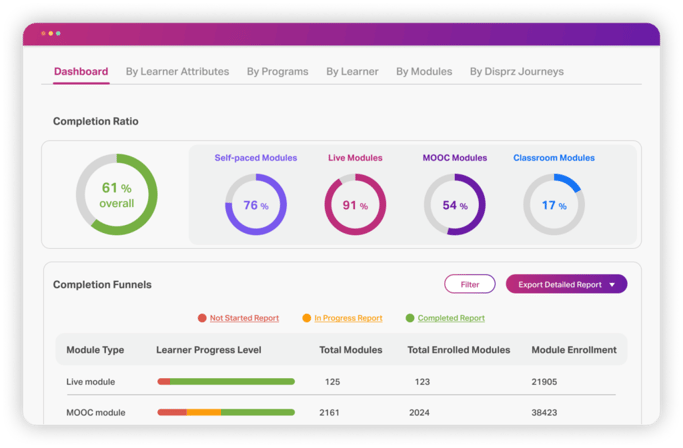
Using a technology platform, like AI-powered Disprz LXP, offers a unified view of various learning metrics crucial in determining L&D ROI. It allows organizations to track essential insights and data quickly, identify patterns, and gain a deeper understanding of the areas of their employee training program that need improvement. It provides a centralized platform for tracking, managing, and reporting on training data and analytics and reporting tools to help identify trends and areas for improvement. It can also facilitate the integration of data from other systems, such as HR and CRM systems, to track the impact of the training on business metrics such as employee retention, customer satisfaction, and sales.
You can check out the Disprz LXP platform in action to see how it can help you achieve business goals by identifying the right learning and development KPIs and supporting overall learning and growth initiatives.





